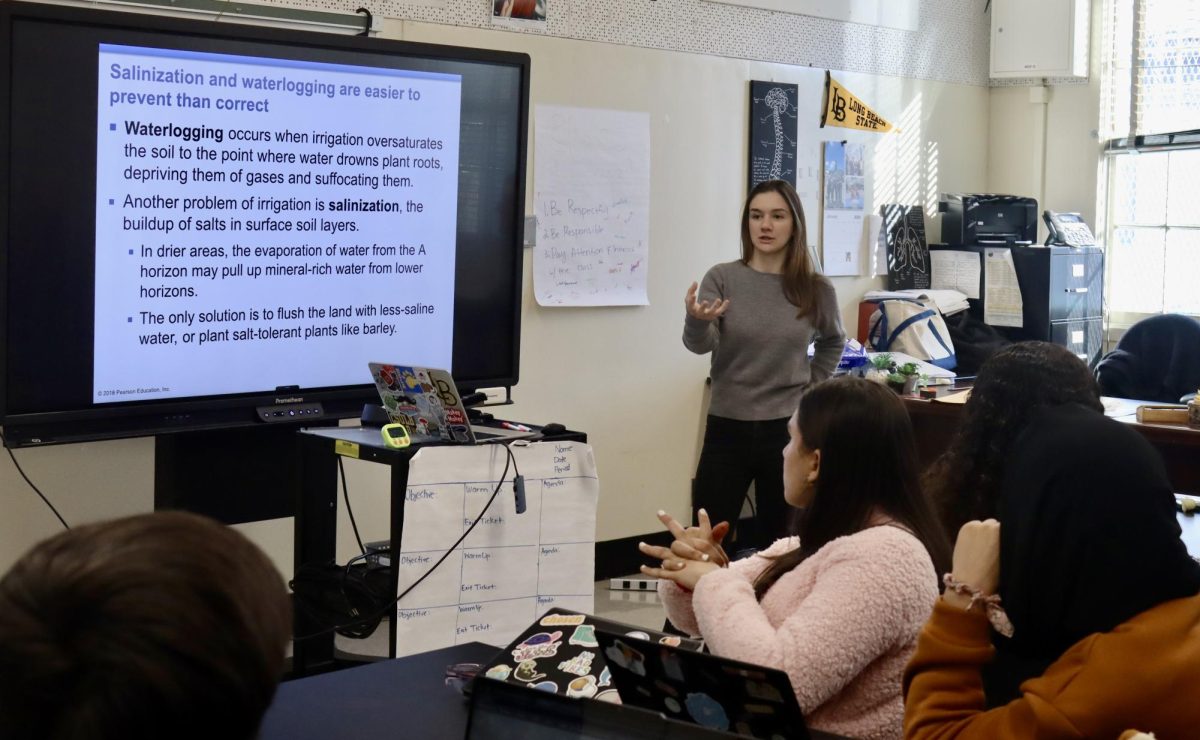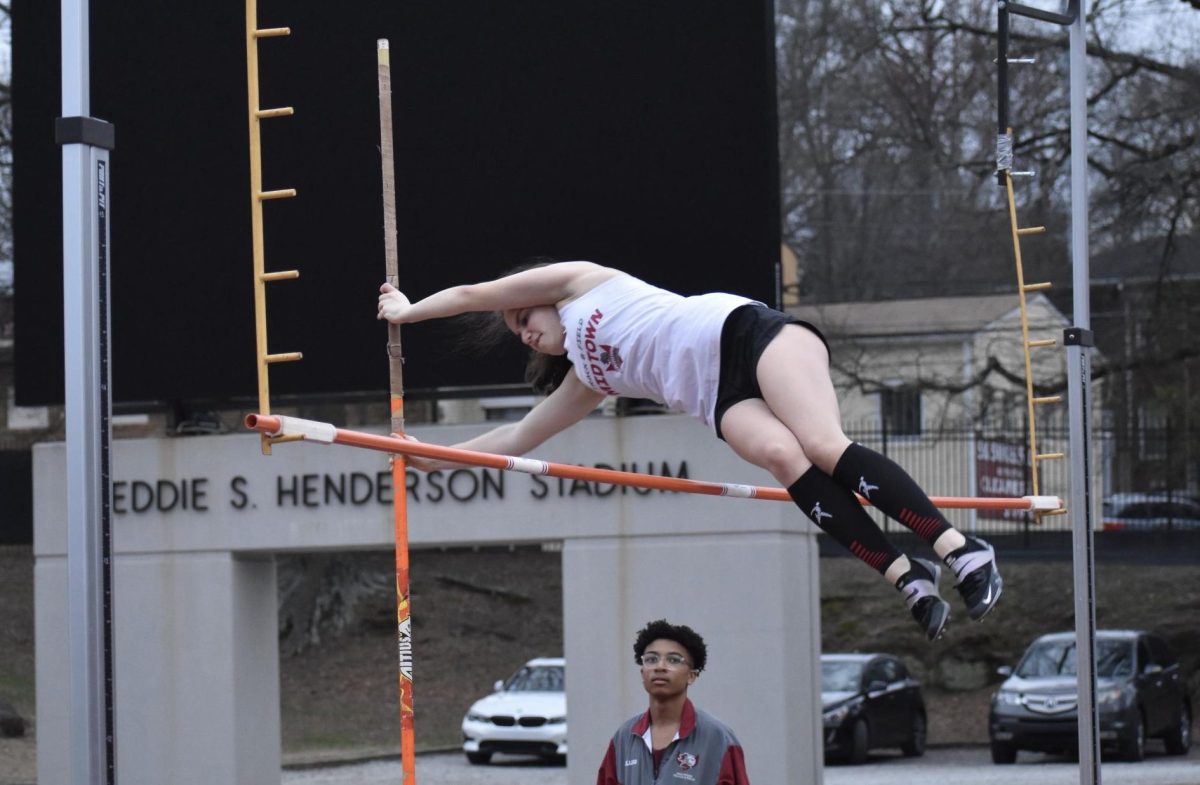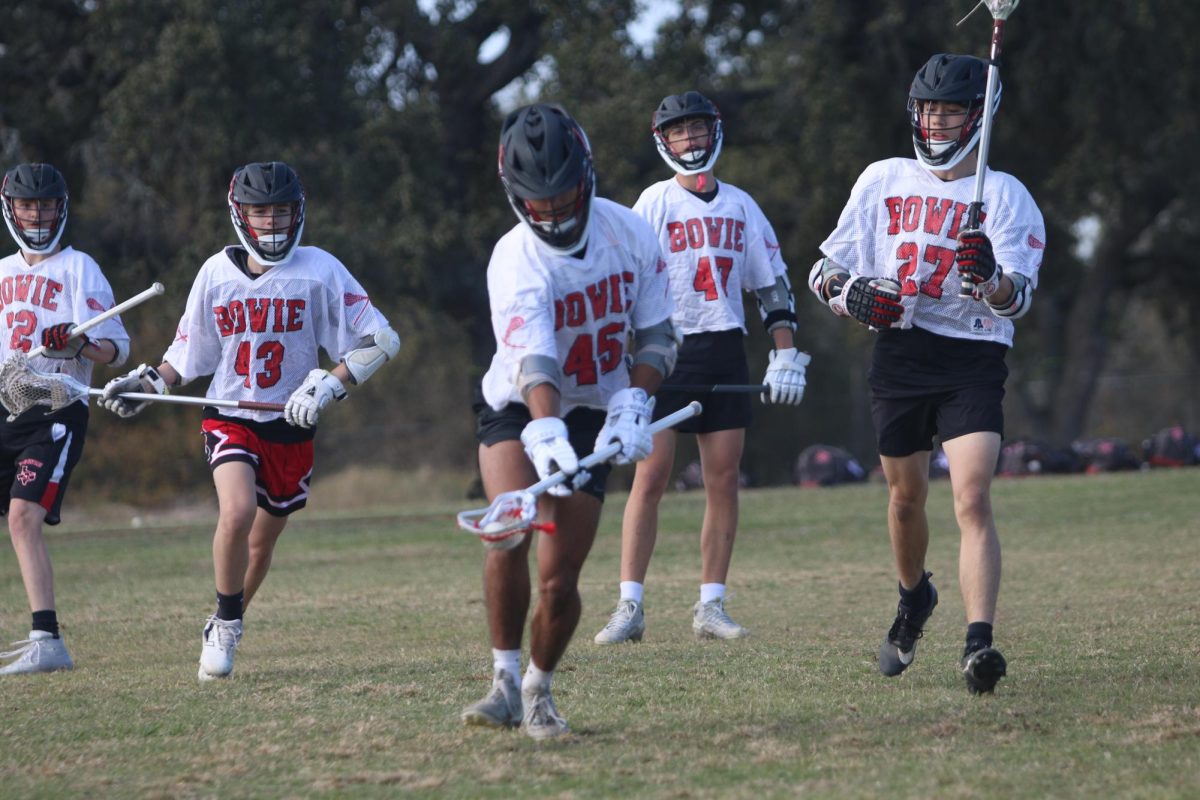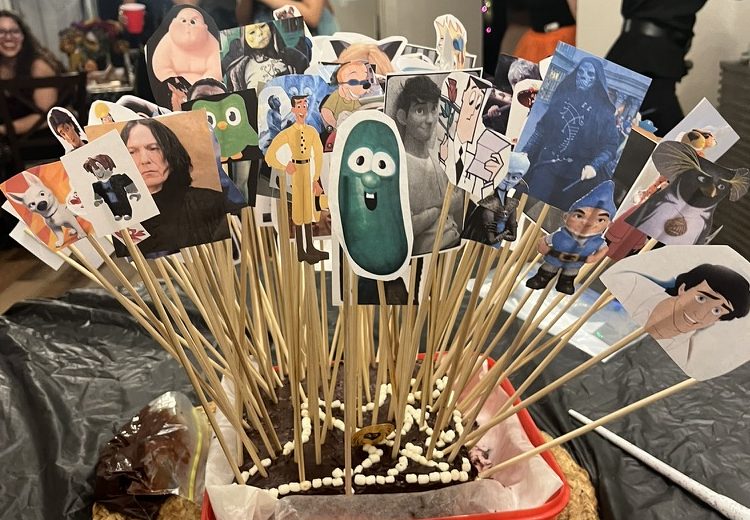Ten Mississippi School for Mathematics and Science (MSMS) students sent seeds to be launched into space in a new partnership with NASA’s Solar System Ambassadors program on Oct. 19.
The project aims to understand the impact of extreme space conditions — like cosmic radiation and near-vacuum environments — on plant development. The experiment is part of NASA’s public outreach program.
The seeds, which were launched onboard a high-altitude hydrogen balloon on Oct. 19, will be sent to the edge of space, where they are expected to be exposed to cosmic rays, increased ultraviolet radiation and a lack of atmospheric pressure. The MSMS students will then compare the “space-exposed” seeds to a control group that stayed on Earth, looking for differences in traits such as germination rates, growth speed and fruit size.
MSMS Plant Physiology teacher Jason Palagi helped students conduct the experiment and said different seeds will react differently to being in space.
“Factors like cosmic rays may influence gene expression, potentially turning certain genes on or off,” Palagi said. “This could ultimately affect how the plants grow and produce fruit. This is an incredible opportunity for our students to explore these processes practically.”
Students in the plant physiology class researched what seeds would be most suitable for exposure to space. They selected a mix that included kale, pansy, tomato, zinnia and forget-me-not seeds. Each group selected seeds with specific resilience qualities, such as low moisture content, as some seeds — like cucumber seeds, for instance — would not withstand the near-vacuum environment and could burst from high internal moisture.
Plant Physiology student Mason Hill said the class picked the seeds in advance.
“Dr. Palagi introduced the project in early September, and over the next few weeks, we researched past experiments and potential seeds that could thrive in extreme environments,” Hill said. “Each group picked one type of seed to represent them in space. It was exciting to think about how our seeds might come back with new traits or characteristics they wouldn’t develop here on Earth.”
Senior Carter Scaggs’ group chose kale seeds and researched how seeds endure various pressures at different elevations.
“Our research suggested that the seeds should be fine when they return to Earth,” Scaggs said. “We’re curious to see if the seeds germinate like normal or if there will be subtle changes in the way they grow.”
Once the seeds return to MSMS, students will plant them in carefully controlled conditions to assess various growth metrics.
“We don’t have specific hypotheses about what to expect from the space-exposed seeds,” Palagi said. “This is an excellent opportunity for our students to explore the unknown and, hopefully, discover something remarkable.”
Palagi said he values the hands-on experience this experiment offers students.
“Opportunities like these, where students can directly test their ideas and work with NASA, are invaluable,” Palagi said. “They’ll get to apply scientific principles and see how a changing environment can impact life at a cellular level. This experience will hopefully ignite their interest in further space and biological sciences.”
This story was originally published on The Vision MSMS on December 4, 2024.



















![Within the U.S., the busiest shopping period of the year is Cyber Week, the time from Thanksgiving through Black Friday and Cyber Monday. This year, shoppers spent 3.3 billion on Cyber Monday, which is a 7.3% year-over-year increase from 2023. “When I was younger, I would always be out with my mom getting Christmas gifts or just shopping in general. Now, as she has gotten older, I've noticed [that almost] every day, I'll open the front door and there's three packages that my mom has ordered. Part of that is she just doesn't always have the time to go to a store for 30 minutes to an hour, but the other part is when she gets bored, she has easy access to [shopping],” junior Grace Garetson said.](https://bestofsno.com/wp-content/uploads/2025/01/DSC_0249.JPG-1200x801.jpg)





![French teacher Marieme Toure serves a plate of the Senegalese food she prepared for her AP French Language and Culture class, to senior Faiza Syed. “I never had Senegalese food before,” Syed said. “I thought it was so cool that she was able to bring a part of her culture [and] background to us.”](https://bestofsno.com/wp-content/uploads/2025/01/IMG_0798-1200x906.jpeg)




![NEW CHALLENGE, NEW TEAM MEMBERS: Every season, VEX creates a new game that robotics team members are faced with and have to build a robot to compete in. This year’s game forces students to create a robot that is able to stack rings onto mobile goals in order to score points. The change in games each season is something that robotics teacher Audrea Moyers appreciates.
“One of the things that I like about VEX is that they have a new problem to solve every year,” she said. ¨Even though the equipment’s the same, they have to analyze the game, and they have to come up with solutions that are unique that year. They are using their knowledge from prior years, but they have to kind of redesign a problem.”
As returning teams were faced a new game, some new teams and members had to adapt to a uncommon playing field and game.
“Three of our four teams were competing for the first time this year, and they had very different experiences match to match, so I think they learned a lot,¨ she said. ¨It’s hard just watching a video online to know how it’s actually going to be in person, so they all learned a lot about what gameplay is like, how to work with an alliance partner [and] how to adapt during the day to changes.”](https://bestofsno.com/wp-content/uploads/2024/12/IMG_9283-1-1200x800.jpg)




